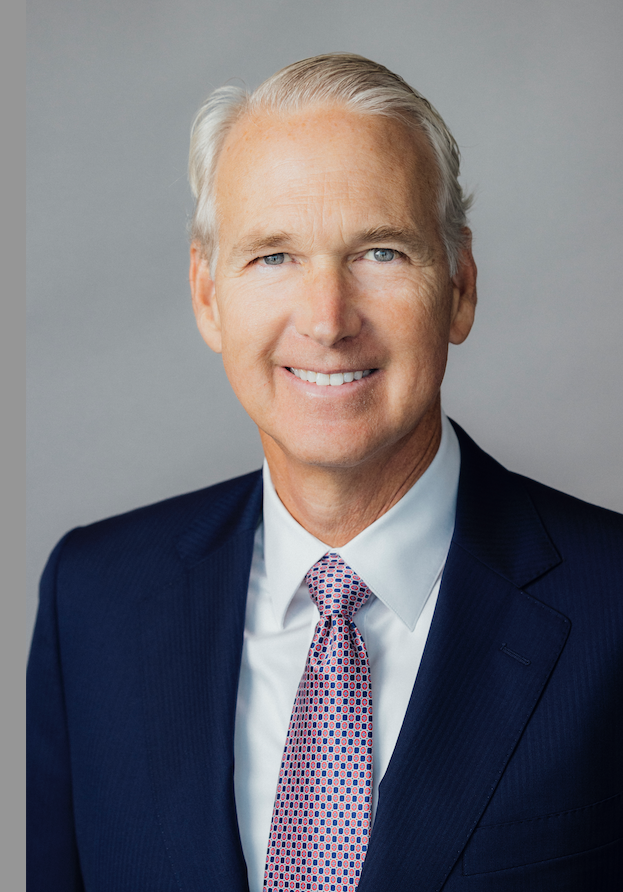Sabal’s Views on 2025 Commercial Real Estate Opportunities
By Tal Seder
The new year is just beginning and it’s clear that interest rates, heightened operating and capital costs, and geopolitics will continue to have an impact on commercial real estate. The hope for significant rate cuts in 2025 has diminished, increasing the need for rescue capital solutions. Despite the uncertainties, investment opportunities do exist across multiple asset types. However, proven success investing across the real estate cycle will be critical for those looking to participate.
Following are the Sabal team’s views on current investment opportunities in some primary real estate asset classes.
OFFICE
Even as more companies mandate employees return to the office five days a week, especially in the finance and tech industries, most experts agree that commodity office occupancies will never reach pre-pandemic levels. A large amount of the empty square footage is now considered obsolete and loan delinquencies are rising, presenting a monumental problem for banks.
Despite the office doom and gloom, investment opportunities exist in certain markets where specific industries are driving leasing activity in marquee properties. In New York City, several of the large financial institutions have recently pushed back-to-office initiatives. And in technology-focused markets, the AI industry is propelling leasing activity. With the pandemic-led movement of workers and businesses in recent years to South Florida, that market also continues to be in-demand with office tenants. In all instances, it is the higher end properties attracting tenants.
Trophy assets are well served by the capital markets arena. However, it’s worth looking at the asset class just a half-tier down. Still class A and well-appointed, boutique office assets remain popular but are not being thoroughly served by the capital community. This makes them attractive investment targets in New York, South Florida and other urban regions.
MULTIFAMILY
Multifamily remains an attractive asset as new construction is slowing, many are priced out of homeownership, and demand for rentals remains strong. Because of interest rates, some apartment borrowers are over-levered and need rescue capital. Participating here or in the purchase of non-performing debt are two investment opportunities.
Tax advantaged structures available in some markets with housing finance corporations are another. Under certain structures, real estate tax obligations can be eliminated if an affordability component is maintained. As such, the affordable rental marketplace is also gaining attention. As new construction grows more difficult to pencil, protecting existing supply is critical.
SENIOR HOUSING
The senior housing marketplace has steadily recovered post-pandemic. However, the scale of aging baby boomers and lack of sector investment is leading to a monumental shortage of units, opening up significant investment opportunities. That said, senior housing is niche and working with a proven operator is necessary for success.
Key opportunities exist with facilities that are over leveraged, out of capital, or managed by unskilled operators. Investors can participate in a rescue capacity, purchasing non-performing debt or, when opportune, buying assets from forced sellers at a good price.
STUDENT HOUSING
Student housing fundamentals have outperformed other asset classes recently. Additionally, all key regions in the U.S. experienced positive rent rate growth from the 2023-2024 to the 2024-2025 leasing cycles. However, this sector is not immune to rising capital costs and new development difficulties. As a result, data shows new bed deliveries are down about 30%.
New development near universities has become substantially less feasible, especially near growing campuses. Thus, investment in poorly managed and/or over leveraged, while still close to campus, communities is an attractive opportunity.
BANK DISTRESS
The health of the country’s banking sector remains a top-of-mind concern. Elevated interest rates, the drop in commercial real estate valuations, and the difficulty borrowers face in refinancing at reasonable rates has led to non-performing CRE loan assets on bank balance sheets. Hope for an interest rate miracle to quell the tide of these troubled assets was quashed in December by the Federal Reserve.
Exacerbating the situation is the more than $2.2 trillion wall of U.S. commercial real estate debt due for repayment by year-end 2027 – a record amount boosting the likelihood of a surge in defaults.
Banks are being forced to dispose of problem loans, resulting in three types of investment opportunities:
- The first, FDIC structured transactions, shift bulk problematic bank assets (including non-performing commercial real estate loan portfolios) to private sector partners with the expertise to resolve them.
- The second opportunity are privately negotiated, M&A-driven bank transactions where one or both institutions requires the other to dispose of problematic real estate loans as part of the merger negotiation. Banks may also dispose of these assets when seeking an infusion of capital to shore up their capital structure.
- The third opportunity is single-asset transactions comprised of loans on bank balance sheets, loans with shadow banks, or recapitalization needs at the asset level requiring a new capital infusion. The pipeline for these is expected to increase over the next couple of years as time runs out with current borrowers/owners and new solutions are needed.
About the Author
Tal Seder is Managing Director with Sabal Investment Holdings, the real estate investment management firm serving institutional investors. Contact Tal at [email protected]; visit www.sabalinvestmentholdings.com.



